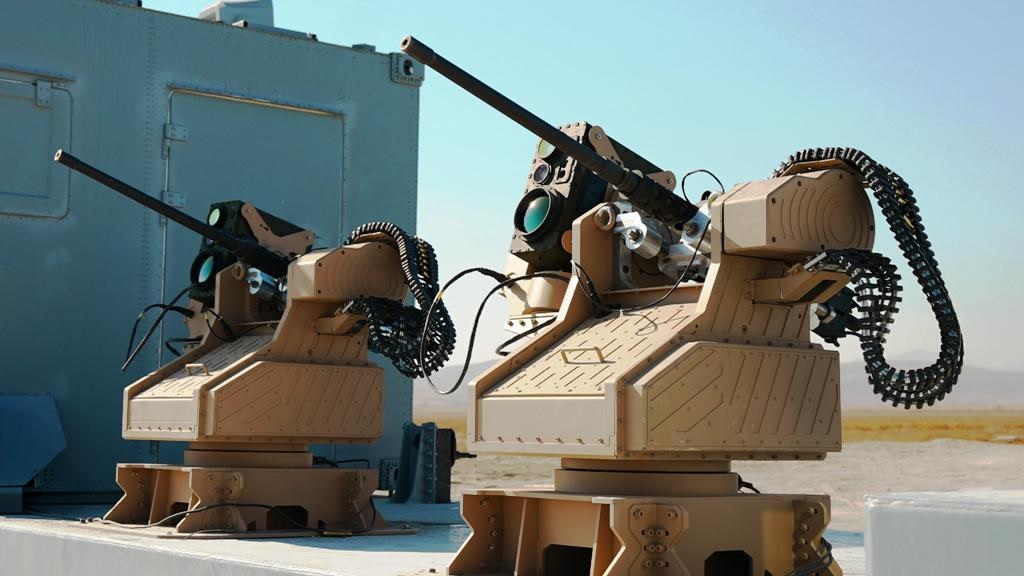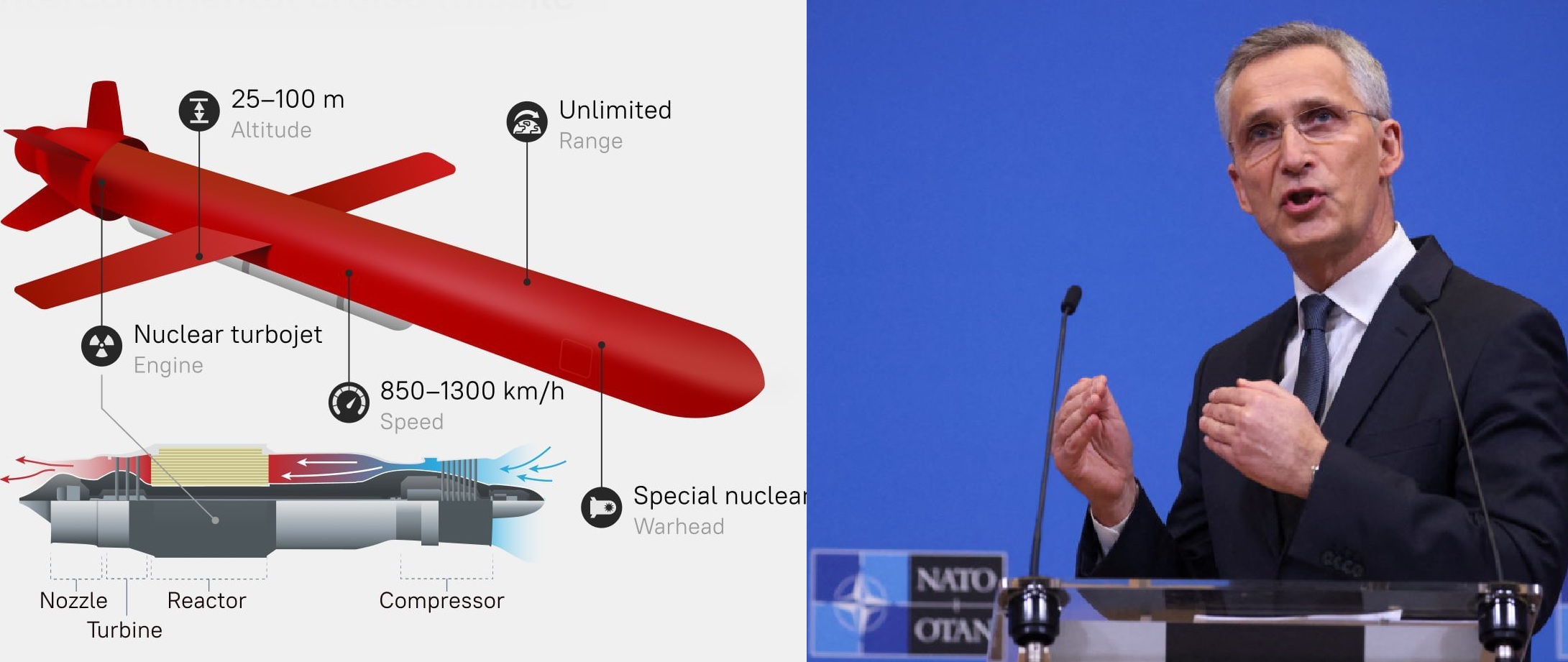Türkiye Unveils Combat-Ready Tolga Drone Defense System For Steel Dome Project

Türkiye has confirmed the operational performance of its new Tolga short-range air defense system after a series of live-fire trials successfully intercepted multiple unmanned aerial targets on 16 November 2025. The achievement marks a major milestone in Türkiye’s evolving “Steel Dome” layered defense architecture and comes at a time when drone warfare is accelerating globally.
Tolga Demonstrates Full Operational Capability
According to Anadolu Ajansı and state defense manufacturer MKE, the Tolga system was put through a demanding sequence of live-fire engagements simulating real-world battlefield conditions. Designed to counter drones, loitering munitions, and low-altitude precision weapons, Tolga integrates surveillance, electronic warfare, and kinetic interceptors into a unified defensive structure.
During the validation campaign, the system successfully neutralized all assigned unmanned targets, transitioning the program from development status to an operationally deployable capability.
The tests reflect lessons drawn from the Russia-Ukraine conflict, where small, inexpensive drones have repeatedly threatened armored units, supply depots, and command nodes. Türkiye’s response is a rapid modernization drive to counter this category of threats with indigenous technologies.
A Modular, Multi-Layered Defense Solution
At its core, Tolga is designed as a modular close-air-defense ecosystem, merging sensors, effectors, and command functions into a single architecture. Key components include:
-
Dedicated command-and-control unit
-
Search and tracking radar
-
Electro-optical tracking systems
-
Electronic jammers for soft-kill defense
-
35 mm, 20 mm, and dual 12.7 mm guns, all equipped with specialized anti-drone ammunition
The system detects small aerial targets at distances of up to 10 km, classifies them through surveillance and electronic warfare tools, and tracks them continuously using radar fused with electro-optics.
Once Tolga identifies a threat’s profile and trajectory, it selects the optimum soft-kill or hard-kill response. Electronic jamming offers the first layer of defense, while kinetic fire — especially the 35 mm Airburst Ammunition — forms the last line against drones maneuvering at close range.
Performance in Live Trials: 100% Success Across All Scenarios
Development of Tolga began under MKE’s indigenous engineering program, with early displays at IDEF 2025 drawing international attention. The system later entered an accelerated test cycle at the Ministry of National Defense’s Karapınar Test and Evaluation Center in Konya.
During the first full-scale live-fire campaign:
-
Tolga recorded a 100% interception success rate
-
Trials covered eight engagement scenarios
-
Targets included micro-UAVs, tactical drones, and cruise-missile-like profiles
-
Most interceptions occurred in the first short burst, demonstrating high accuracy and low ammunition use
MKE officials confirmed that serial production infrastructure — including specialized ammunition lines — is fully prepared, enabling rapid delivery to the Turkish Armed Forces and potential export clients.
Flexible Deployment Across Land, Sea, and Static Roles
A major advantage of Tolga is its deployment versatility. Its architecture allows installation:
-
As a fixed point-defense system for bases and infrastructure
-
On wheeled or tracked vehicles for mobile ground force protection
-
On naval vessels to shield fleets and coastal assets
The system can operate in manual, semi-autonomous, or fully autonomous modes, making it suitable for different operational doctrines and threat environments.
Tolga’s ammunition families — 35 mm for engagements up to ~3 km, 20 mm for mid-range defense, and 12.7 mm guns for close-in protection — further expand its adaptability.
Strategic Role in Türkiye’s ‘Steel Dome’ Defense Network
Tolga forms the lower tier of Türkiye’s emerging Steel Dome concept, which combines multiple air defense layers to counter everything from micro-drones to ballistic threats. The system fills a critical gap between point-defense guns and higher-altitude surface-to-air missile systems.
Its introduction reflects Türkiye’s drive toward self-reliance in counter-UAS and short-range air defense technologies, reinforced by the global demand for reliable anti-drone systems.
Growing Export Potential and Regional Implications
By developing a fully indigenous, test-proven system, Türkiye positions itself as a major supplier in the rapidly expanding global counter-UAS market. With drone use rising in the Middle East, Caucasus, North Africa, and Asia, Tolga is expected to draw strong interest from countries seeking modern defenses against low-cost aerial threats.
A series of international demonstrations is already planned, signaling Ankara’s ambition to expand its influence through defense partnerships and technology exports.
A New Pillar in Modern Drone Warfare
The successful debut of the Tolga short-range air defense system highlights how swiftly Türkiye’s defense sector is adapting to modern conflict. By integrating radar, electro-optics, electronic warfare, and advanced airburst ammunition into one cohesive platform, Tolga strengthens Türkiye’s resilience at a pivotal moment.
As drone warfare continues to reshape global battlefields, Tolga offers not only enhanced national protection but also a competitive, export-ready solution that may influence global counter-UAS strategies in the years ahead.
✍️ This article is written by the team of The Defense News.





